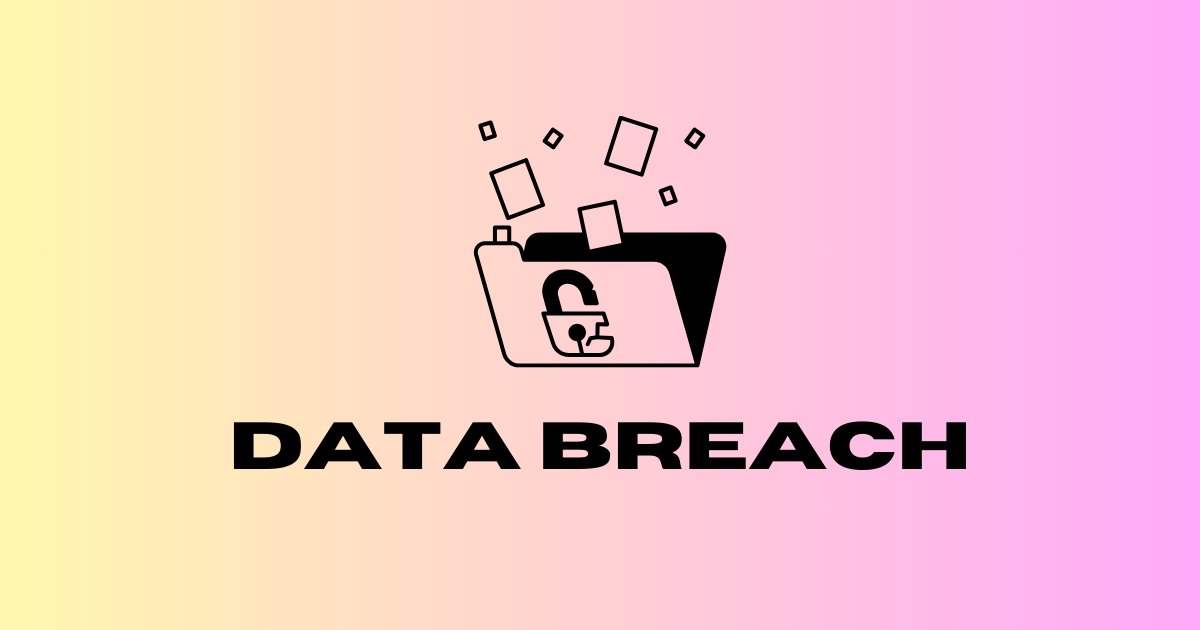In an era where cyber warfare is becoming more sophisticated, one name stands out as a defining moment in cybersecurity history: Stuxnet. This highly sophisticated computer worm changed the way the world views cyber threats, showing that digital attacks can have real-world consequences. But what does this mean for the average person? Let's break it down.
What is Stuxnet?
Stuxnet was a malicious computer worm discovered in 2010, believed to have been developed by state actors, specifically the United States and Israel, to disrupt Iran’s nuclear program. Unlike traditional malware, which typically seeks to steal data or cause disruption in a digital environment, Stuxnet was designed to sabotage physical infrastructure. It specifically targeted Siemens industrial control systems (ICS) used in Iran's nuclear centrifuges, causing them to malfunction while reporting normal operations.
How Did Stuxnet Work?
Stuxnet was a masterclass in cyber-espionage and cyber-attack execution. It spread through USB flash drives and exploited multiple zero-day vulnerabilities—security flaws unknown to software vendors at the time. Once inside a system, it remained undetected, studying its environment and launching its attack only when it identified the specific industrial control system it was designed for. This level of precision demonstrated the terrifying potential of cyber weapons.
Why is Stuxnet Important for Everyday Users?
While Stuxnet was targeted at Iran’s nuclear facilities, it serves as a wake-up call for governments, businesses, and individuals worldwide. Here’s why:
Cyber Attacks Have Real-World Consequences
Stuxnet was one of the first cyber weapons to cause physical damage. This means cyber threats are no longer just about stolen data or hacked social media accounts; they can disrupt power grids, water supplies, and industrial facilities.
No System is Truly Secure
The worm exploited unknown security flaws, proving that even the most secure systems can be vulnerable. This underscores the need for constant vigilance and proactive cybersecurity measures.
Cyber Warfare is the New Battleground
Stuxnet set a precedent for cyber warfare, showing how nation-states can use digital weapons to achieve strategic goals. The potential for cyber attacks on critical infrastructure remains a major concern worldwide.
How Can You Protect Yourself?
Even though Stuxnet targeted a specific industrial system, its lessons apply to everyday cybersecurity. Here are some key takeaways:
- Keep Software Updated: Many cyber attacks exploit outdated software. Regular updates patch vulnerabilities and improve security.
- Be Cautious with USB Drives: Stuxnet spread through infected USBs. Never plug in unknown or untrusted USB devices into your computer.
- Use Strong Passwords & Multi-Factor Authentication: This adds layers of security to your accounts and makes it harder for attackers to gain access.
- Beware of Phishing Attacks: Cybercriminals use deceptive emails to trick users into installing malware. Always verify sources before clicking on links or downloading attachments.
- Invest in Cybersecurity Software: Reliable antivirus and firewall solutions can help detect and prevent malware infections.
Conclusion
Stuxnet was a game-changer in the world of cybersecurity, proving that digital threats can cause real-world harm. As cyber warfare and hacking techniques evolve, staying informed and practicing good cybersecurity habits is more important than ever. Whether you’re an individual, a business, or a government agency, the lessons from Stuxnet should serve as a reminder that cybersecurity is not optional—it’s essential.






